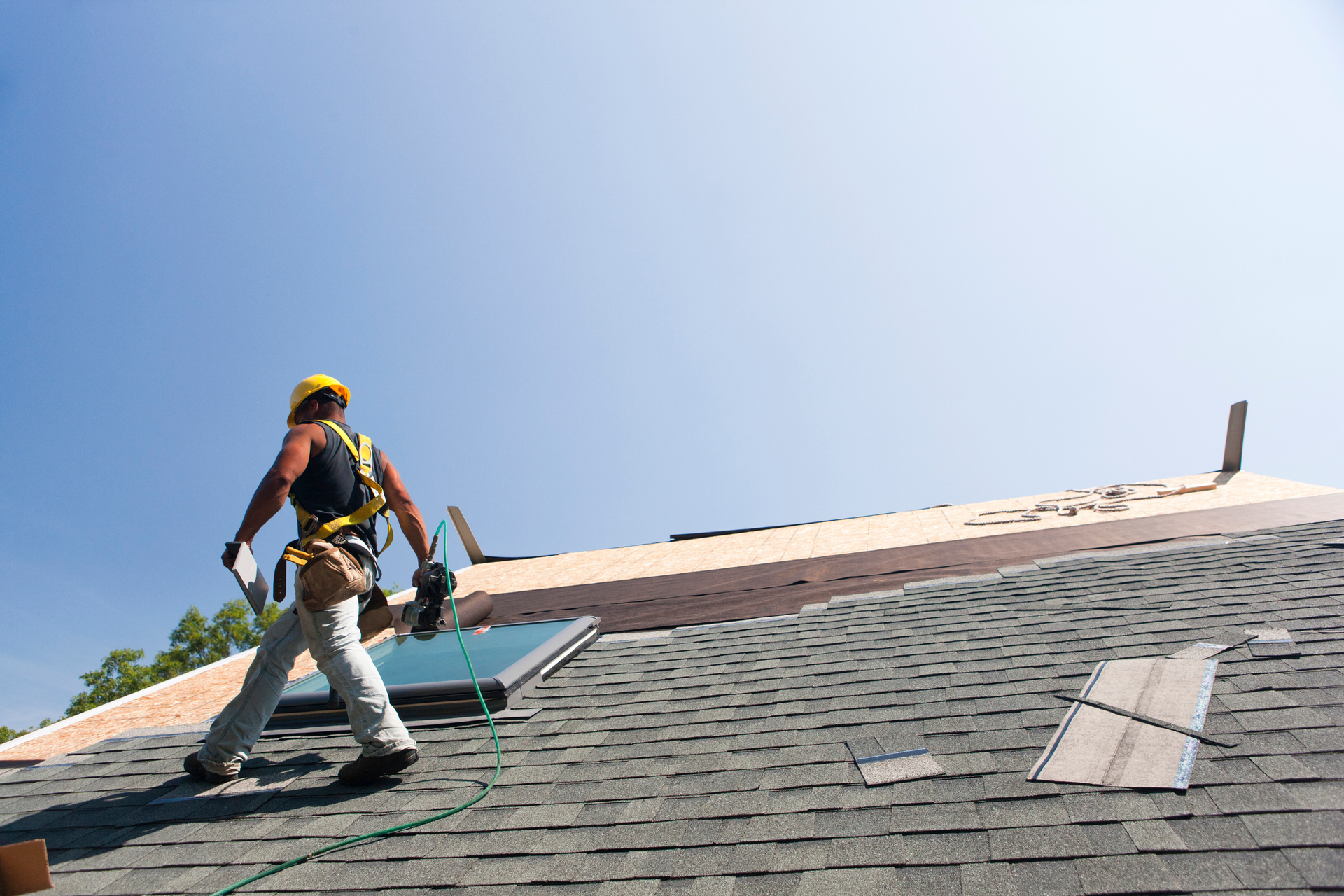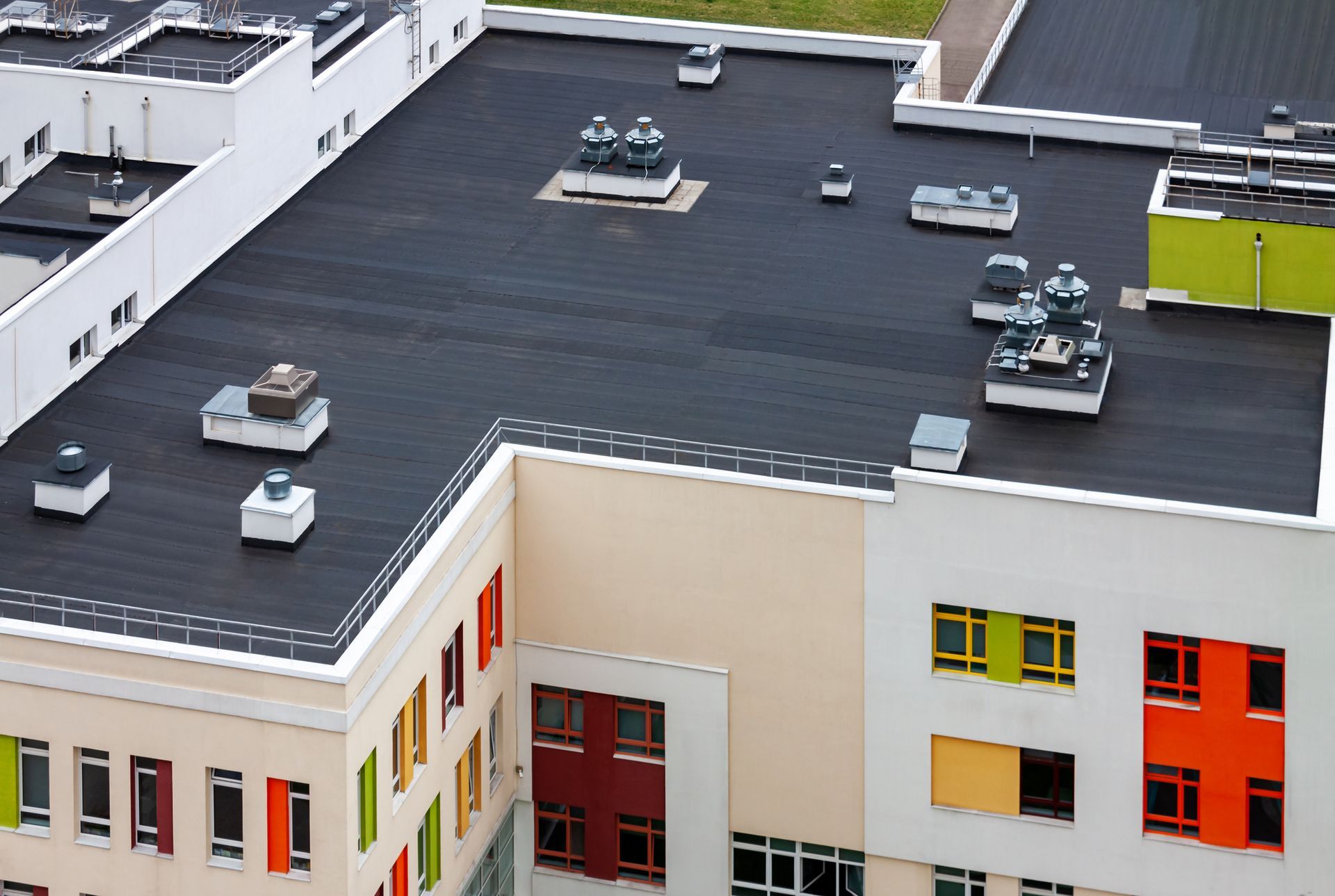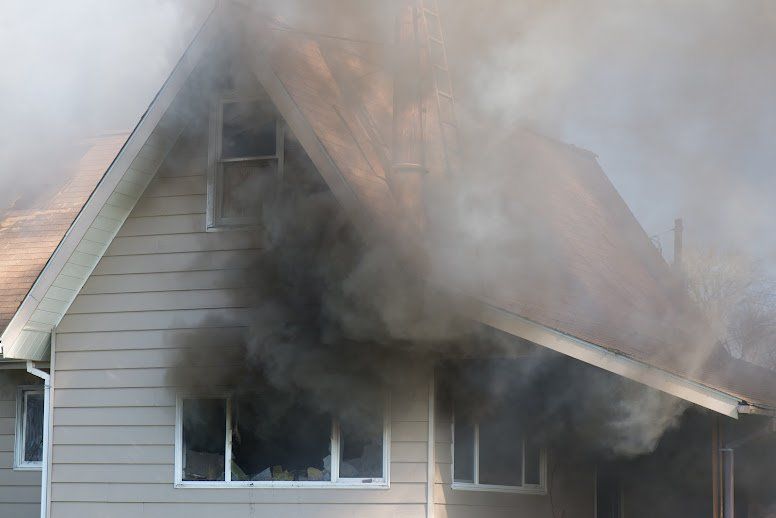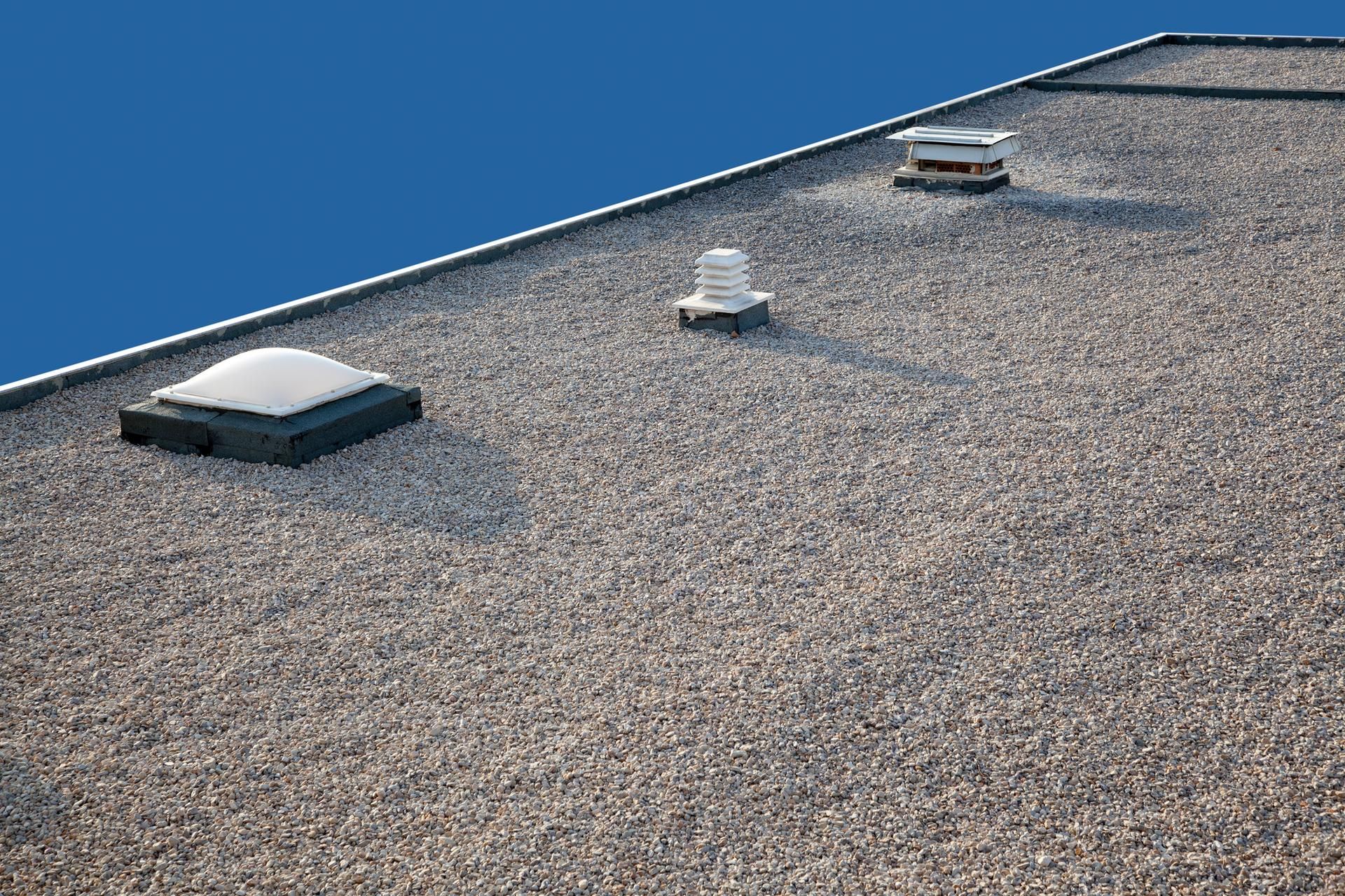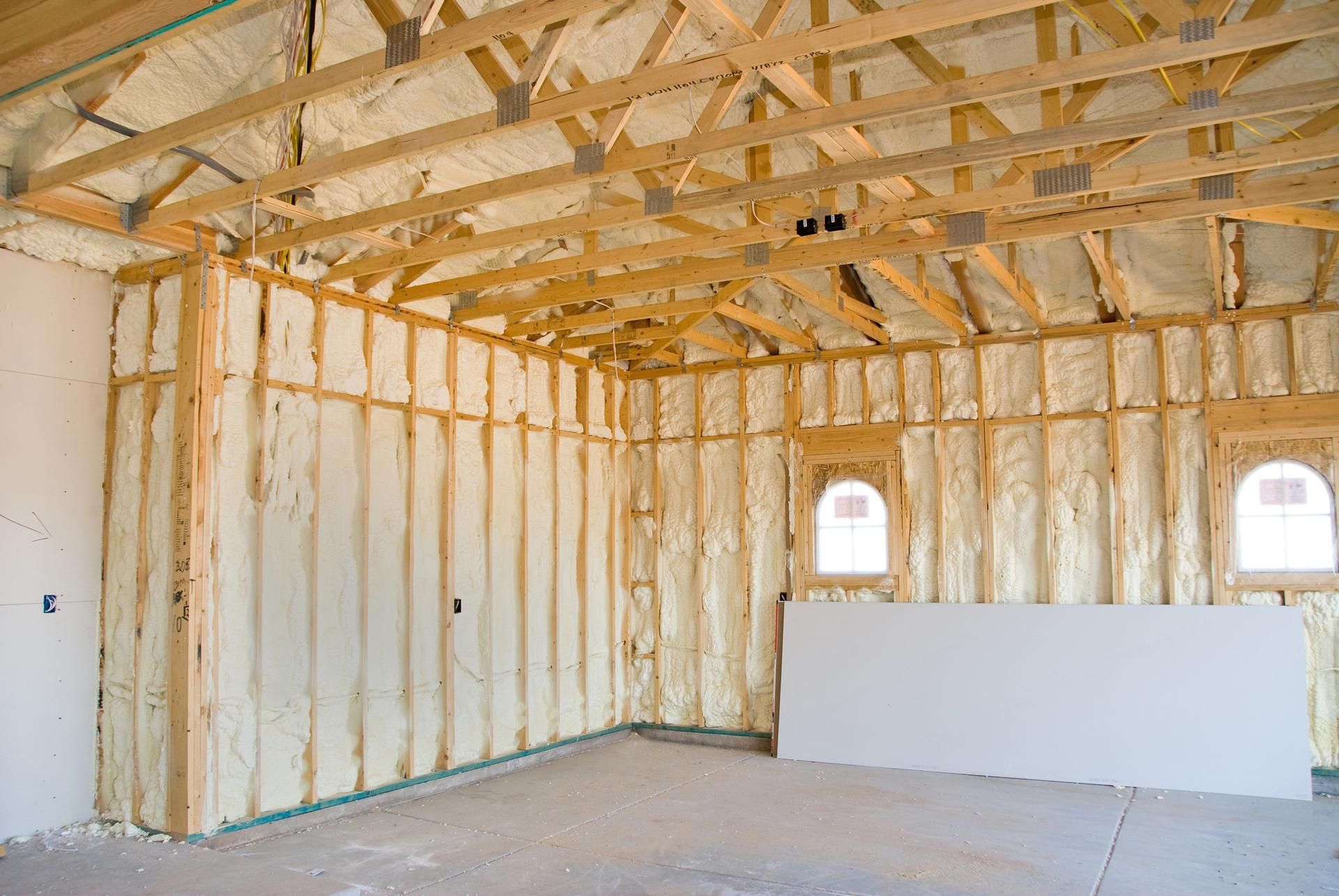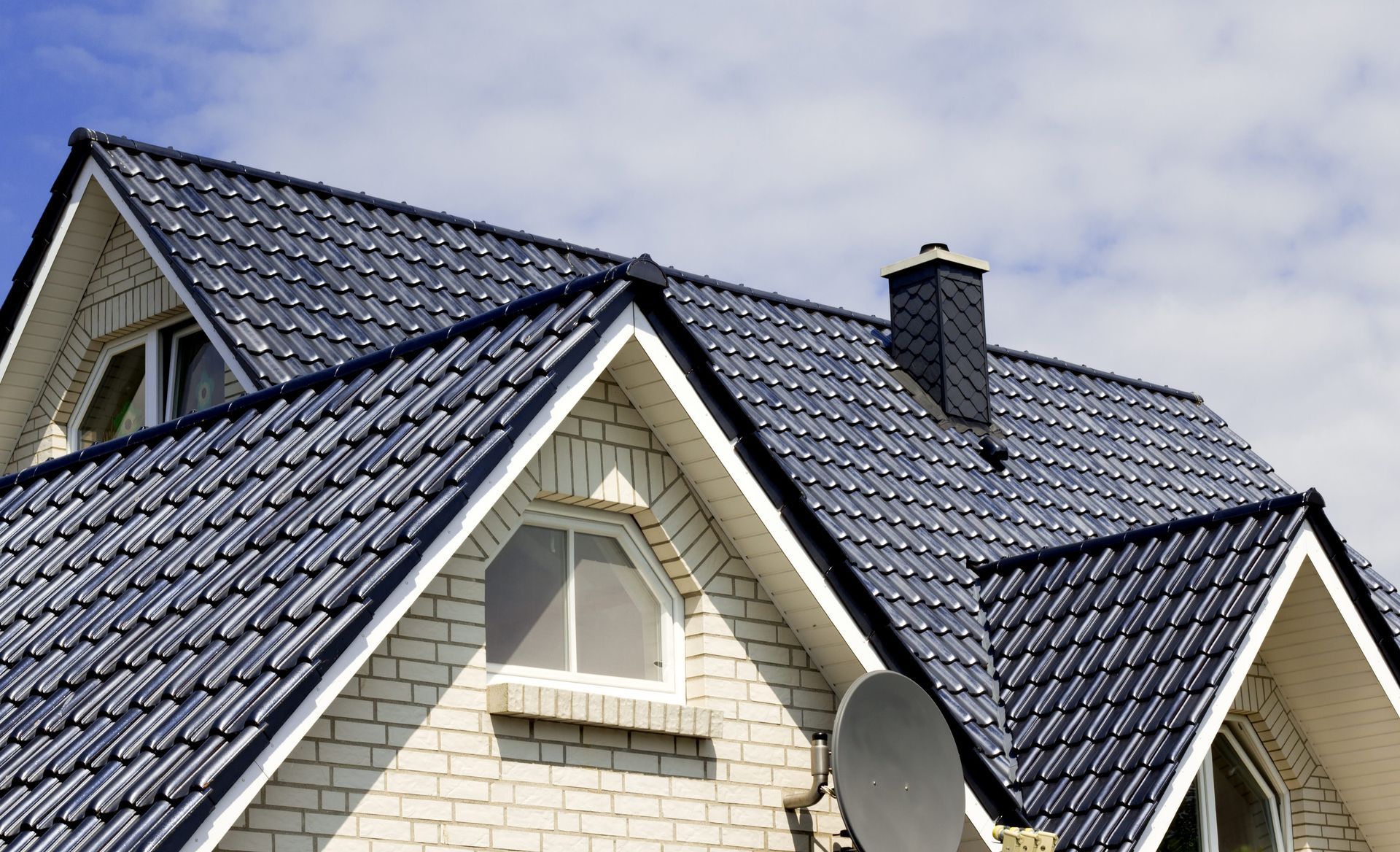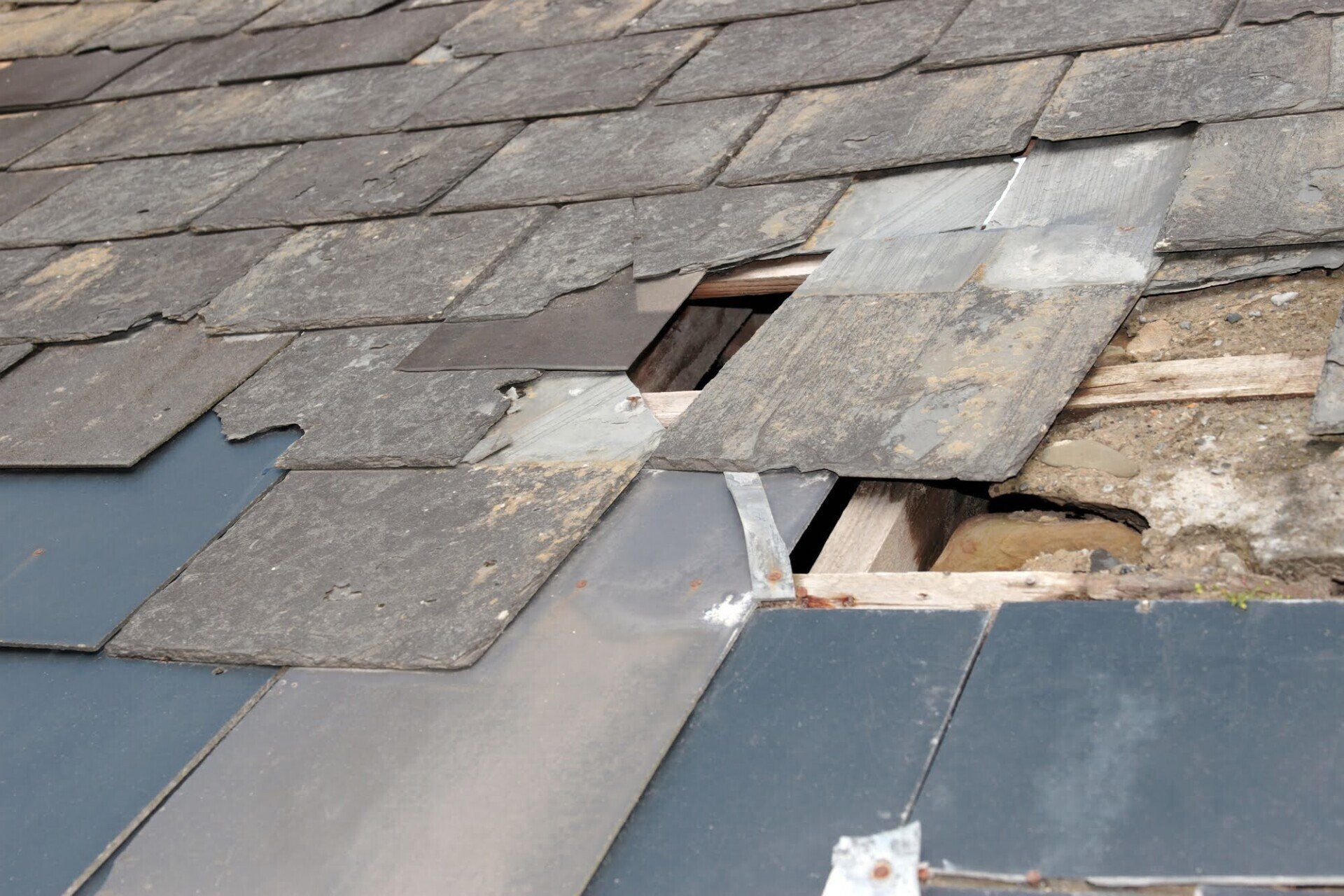Important Information About Hail Damage to Your Roof
Admin • April 2, 2020
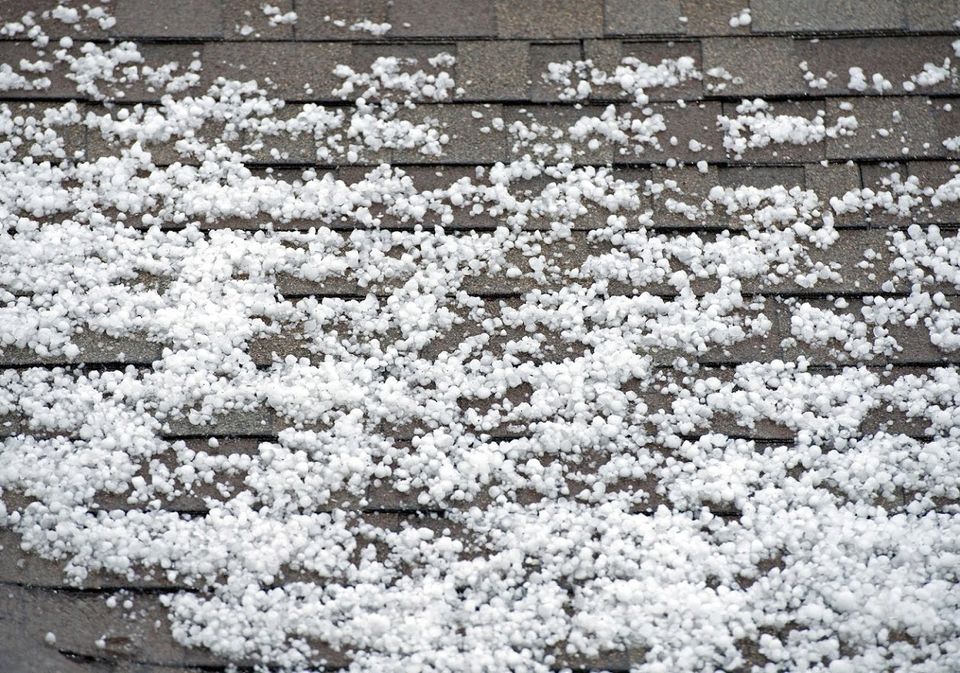
Your roof will take the majority of the force during a hailstorm. That's what the roof is designed to do — protect your house. Even though that's the roof's job, the hail may cause damage. Know the kind of damage hail can cause to your roof so you can react quickly after the storm. Learn more from this guide.
Hail Size
The size and even shape of the hailstone can impact how much damage, if any, it causes. Hailstones are often not smooth, which can be a damaging factor. However, the size of the hailstone is a greater determinant.
Small hailstones around the size of a pea will likely have little impact on your roof. Once the stones get dime-sized, they can damage old or already damaged shingles. Hailstones that get as big as quarters can wear away at even a new or well-maintained roof and cause damage to an older roof. Hail bigger than a quarter can cause significant damage.
Roof Material
Besides hailstone size, another factor relating to roof damage is the type of material your roof is made of. Asphalt shingles are the most common roofing material. Hail can cause the shingles to lose their granules. Shingles can also start to curl up or tear because of the impact.
Slate tile is an extraordinarily strong roofing material. However, hailstones can puncture or fracture the tiles. The stones have a similar effect on ceramic tiles. Metal roofs are another relatively impervious material. However, hailstones can scour the coating off. They can also dent or tear the metal.
Wood shakes and shingles are a softer material. Hailstones primarily cause splits in the shingle. However, they can also leave behind impact marks.
Damage Detection
If you have an asphalt shingle roof, look at the shingles for balding due to granule loss. You may also see pitted, round, or teardrop-shaped spots from the impact. Likewise, look in the gutter for granules from the shingles, and inspect the metal flashing that borders the roof for signs of damage.
With a slate or clay tile roof, the signs of damage are more obvious. Look for shattered tiles. Even if they're not completely broken, you might see clean, sharp-edged holes or cracks. Look, too, at the edges of the shingles. Hailstones can chip or break their corners.
Damage to metal roofs is similarly obvious. If you see scratch marks, the impact of the hail has scoured away the roof coating. Look for dents, cracks, and holes. You might see damage similar to what you see on the hood of your car.
With wooden shakes and shingles, you'll need to look for splits in the wood. You might see a brown or orange color or sharp edges. Look also for dents near the splits.
Insurance Claim
Your homeowner's insurance should cover hail damage. You'll need to read your policy to know the exact specifications. However, insurance companies usually evaluate the amount of damage to your roof. They'll typically send a claims adjustor.
If the damage isn't significant, the insurance company may classify it as cosmetic damage, which probably won't be eligible for a claim. However, significant damage should be eligible for a claim. Be aware, though, that many policies carry a separate deductible for hail damage.
Roof Repair
Unless the damage is very minor, you want to have your roof repaired after a hailstorm. Otherwise, the damage can get worse. A failing rooftop can let water get to the underlayment and the house underneath.
With tile and metal roofs, the roofers should be able to replace just the affected tiles or sheets. Even if many of the tiles or several metal sheets are damaged, you're unlikely to need a whole new roof.
Asphalt shingles may be another matter. Sometimes the roofers can repair just the damaged areas, including the shingles and flashing. However, if the damage is extensive, or if your roof was already old, you may be looking at replacement. You're facing similar repairs with wooden roofs.
Inspect your roof after a hailstorm for damage. If you need roof repairs, call All American Roofing.


